Wildlife conservation has achieved remarkable success stories. Many remain unknown to the general public. These stories show how dedicated efforts can save species from extinction. They highlight the importance of preserving our natural world. Here are some inspiring examples of little-known conservation successes.
The Arabian Oryx Reintroduction
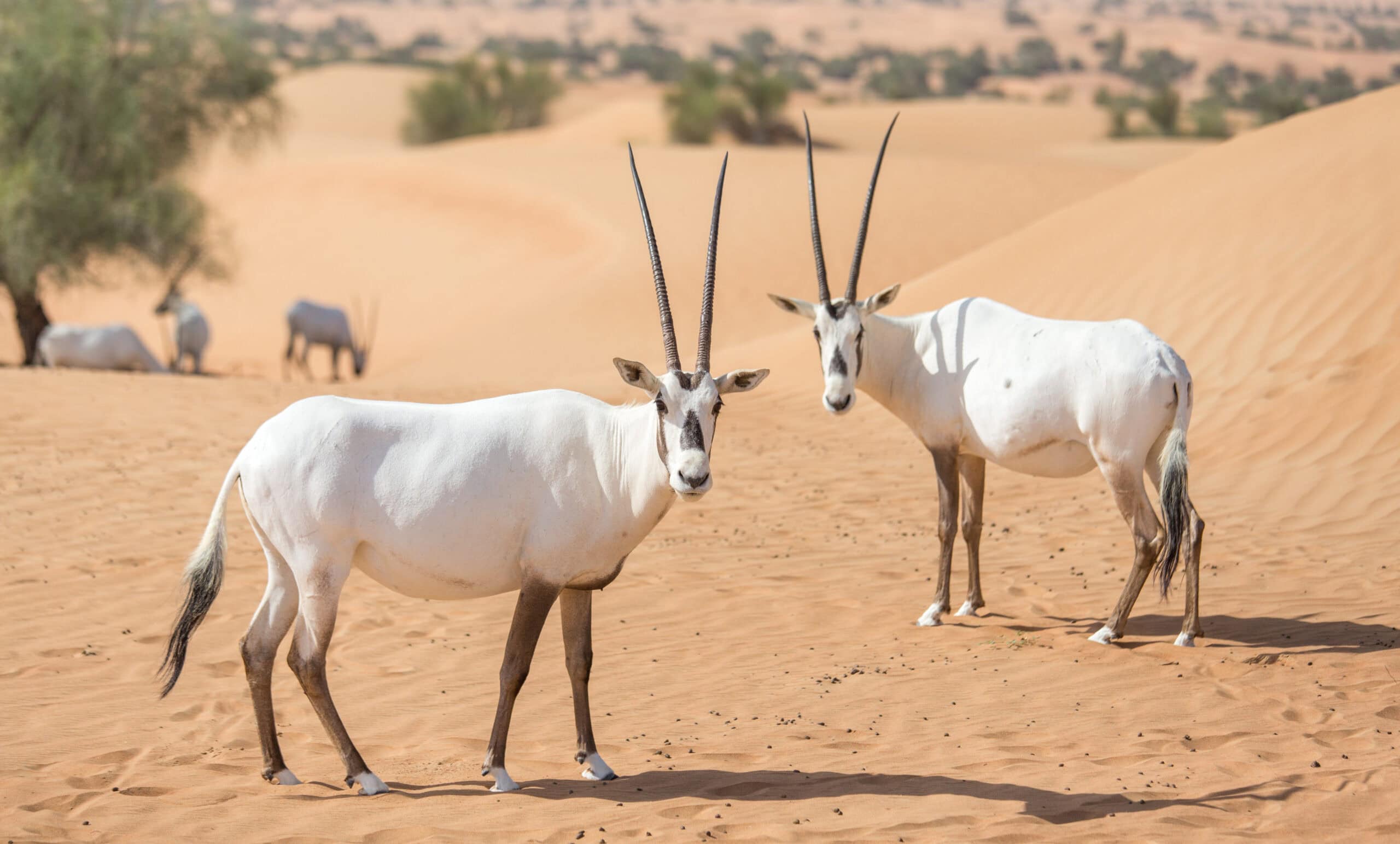
The Arabian Oryx faced near extinction in the 1970s due to rampant poaching and severe habitat loss. Conservationists launched a bold reintroduction program, starting with a few oryx in captivity. Captive breeding efforts ensured genetic diversity and a healthy population. By the 1980s, reintroduction into the wild began, with strict protections in place. This ambitious program has been a resounding success. Today, the Arabian Oryx roams freely in protected reserves within its native habitat. Their numbers have steadily increased, showcasing the power of concerted conservation efforts.
The Recovery of the California Condor
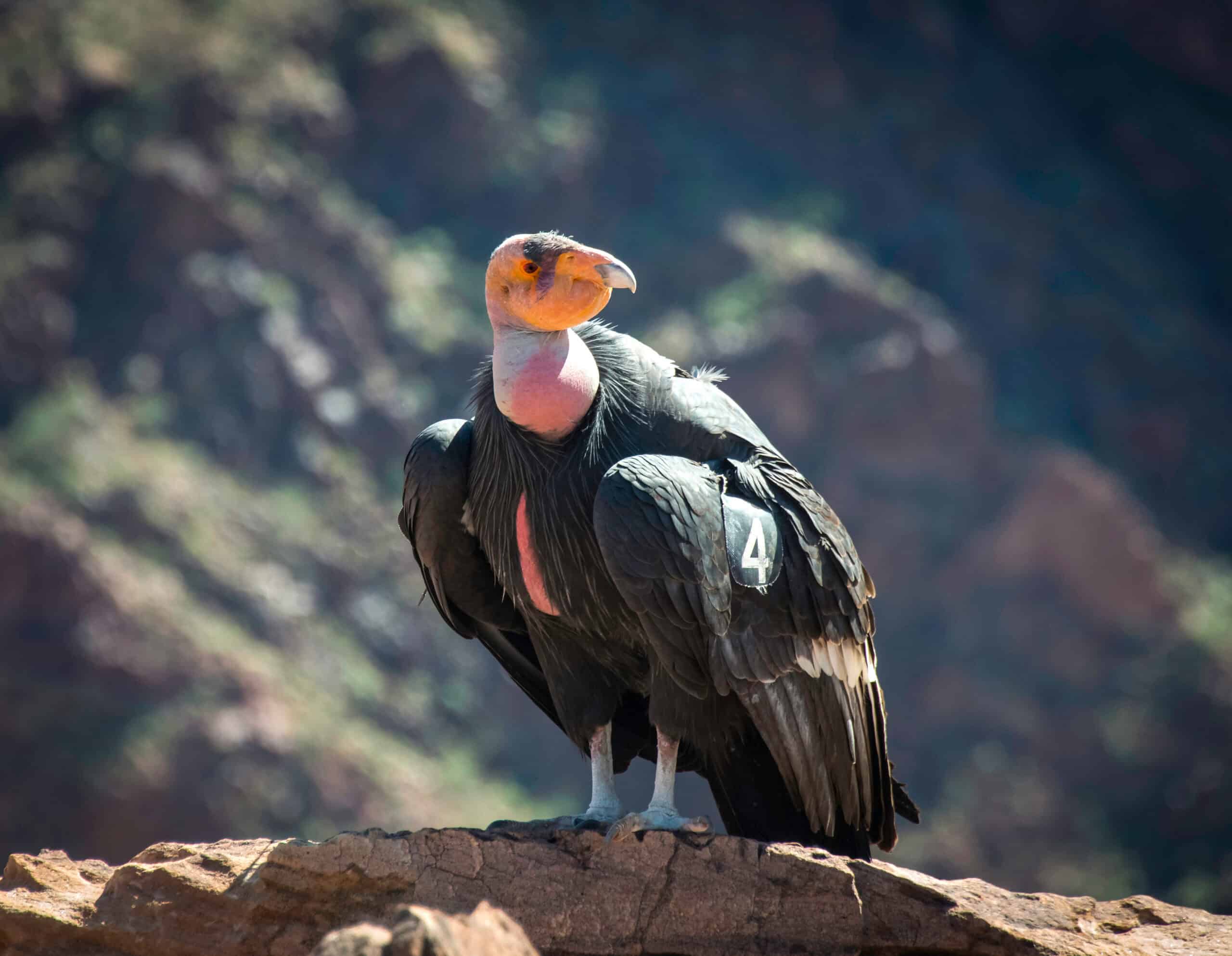
In the 1980s, the California Condor population plummeted to the brink of extinction due to lead poisoning and habitat destruction. Conservationists captured the last few remaining condors and initiated a captive breeding program. This intensive effort included close monitoring and care of the birds. Once the population reached a sustainable number, condors were reintroduced into the wild. Today, the California Condor population has significantly grown, with several hundred condors soaring over their native habitats.
The Revival of the Mauritius Kestrel
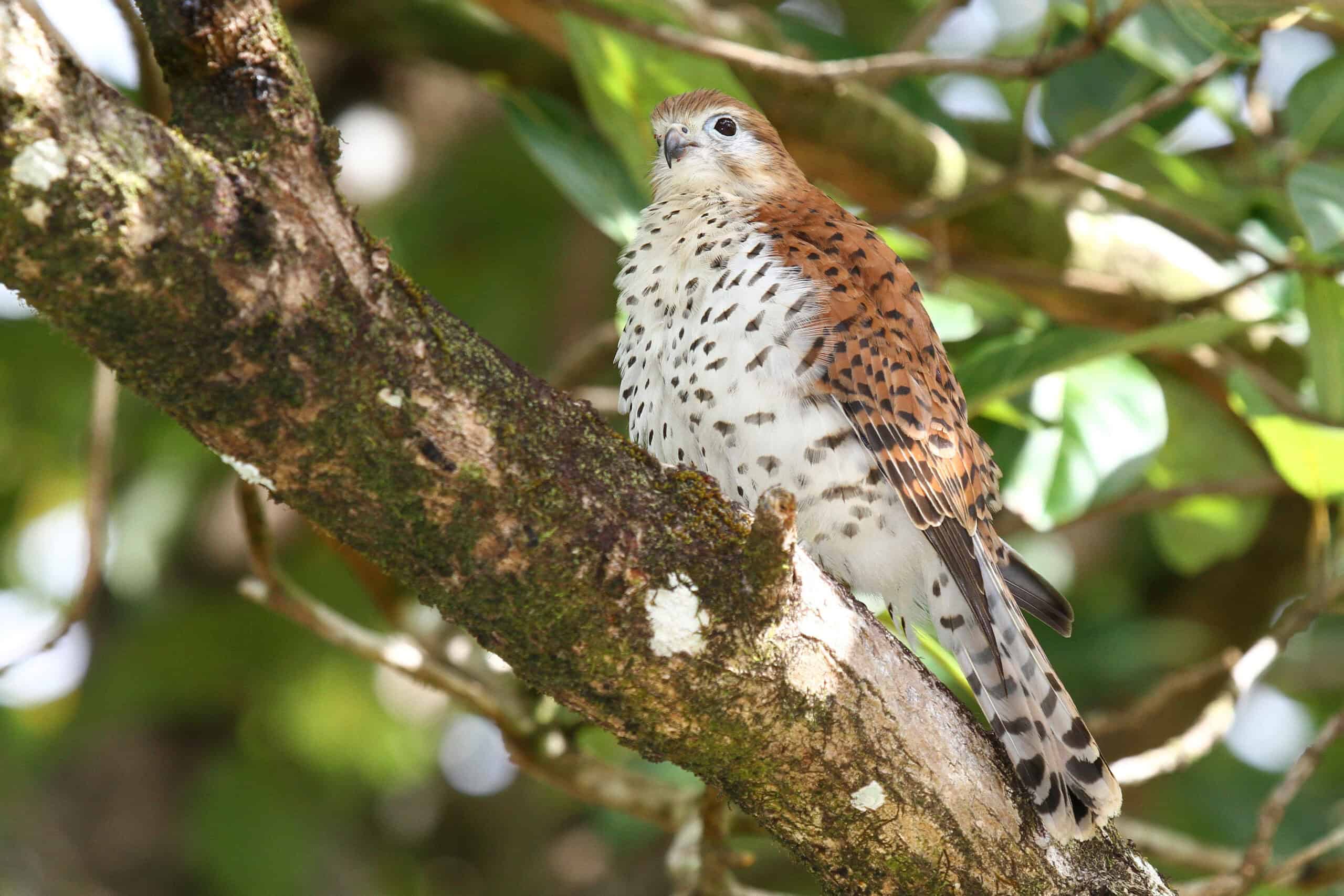
The Mauritius Kestrel was once considered the world’s rarest bird, with only four individuals remaining by 1974. Habitat destruction and invasive species had decimated the population. A dedicated conservation program was launched, focusing on captive breeding and habitat restoration. Conservationists worked tirelessly to ensure the kestrels had safe environments to thrive. Today, the kestrel population has rebounded, with hundreds now living in their natural habitat. The efforts of conservationists in habitat restoration and invasive species control have been crucial to this success.
The Conservation of the Iberian Lynx
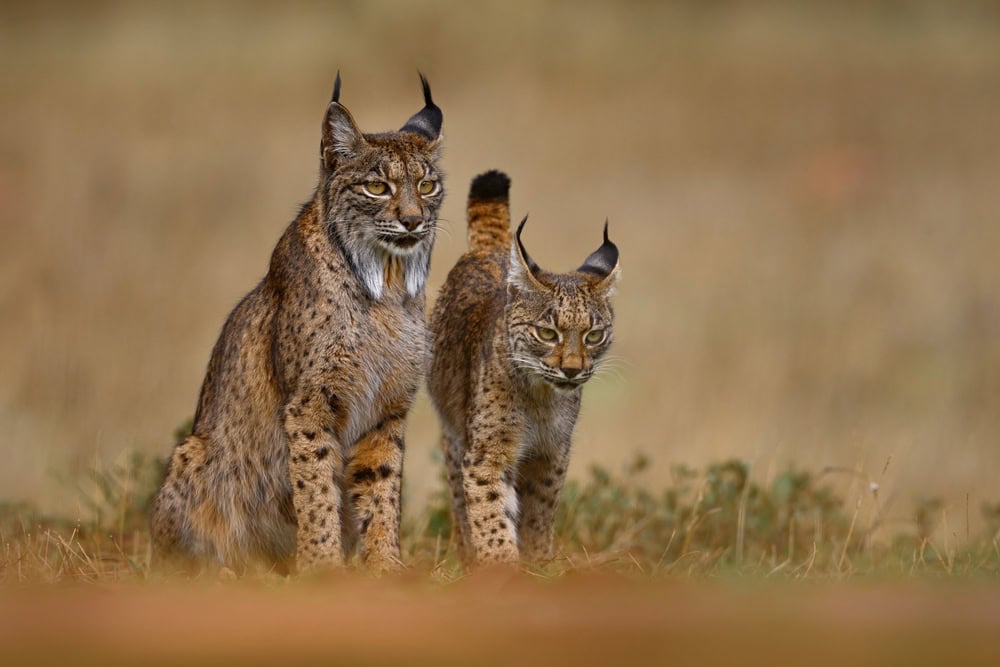
The Iberian Lynx faced critical endangerment due to habitat loss and declining prey numbers. Conservationists took urgent action by establishing captive breeding programs and initiating habitat restoration projects. These efforts aimed to create a sustainable environment for the lynx to thrive. As a result, lynx numbers have significantly increased, and protected areas now support their populations. Efforts to boost rabbit populations, the lynx’s main prey, have been instrumental in their recovery.
The Return of the Kakapo Parrot
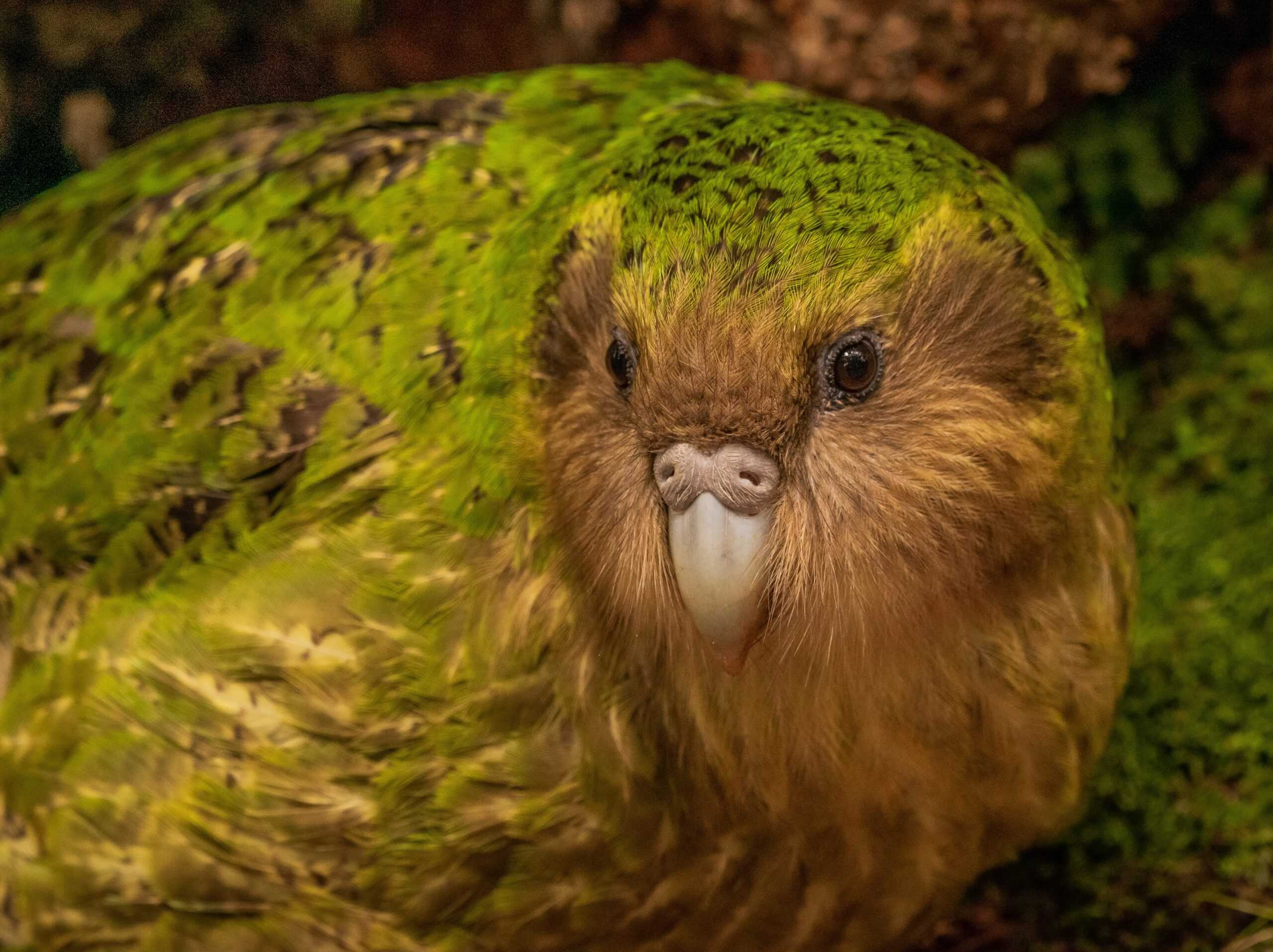
The Kakapo Parrot, native to New Zealand, was on the brink of extinction due to predation by introduced species. Conservationists moved the remaining birds to predator-free islands and implemented a rigorous breeding program. Intensive monitoring and care followed to ensure the survival and growth of the population. The Kakapo population has since grown, with over 200 individuals now thriving. Each bird is carefully tracked and managed, showcasing the dedication of conservationists.
The Resurgence of the Bornean Orangutan
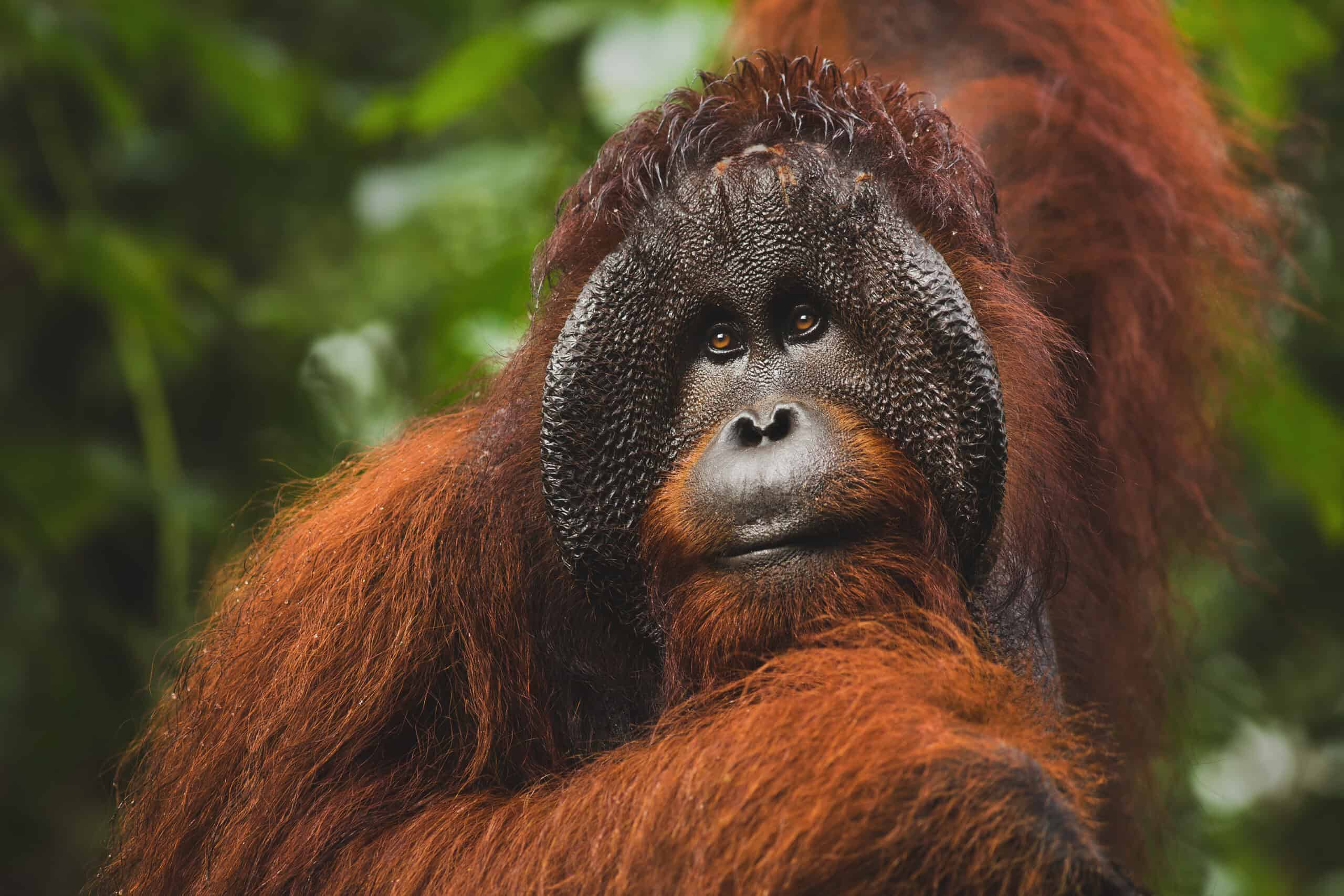
Bornean Orangutans faced severe population declines due to deforestation and hunting. Conservationists responded by establishing protected areas and creating rehabilitation centers for orphaned orangutans. These efforts focused on restoring habitats and providing care for displaced individuals. The orangutan population is slowly recovering, with conservation areas offering safe havens for these great apes. Community involvement and support have been essential in driving these conservation efforts. Ecotourism has also played a role in supporting ongoing initiatives.
The Preservation of the Saiga Antelope
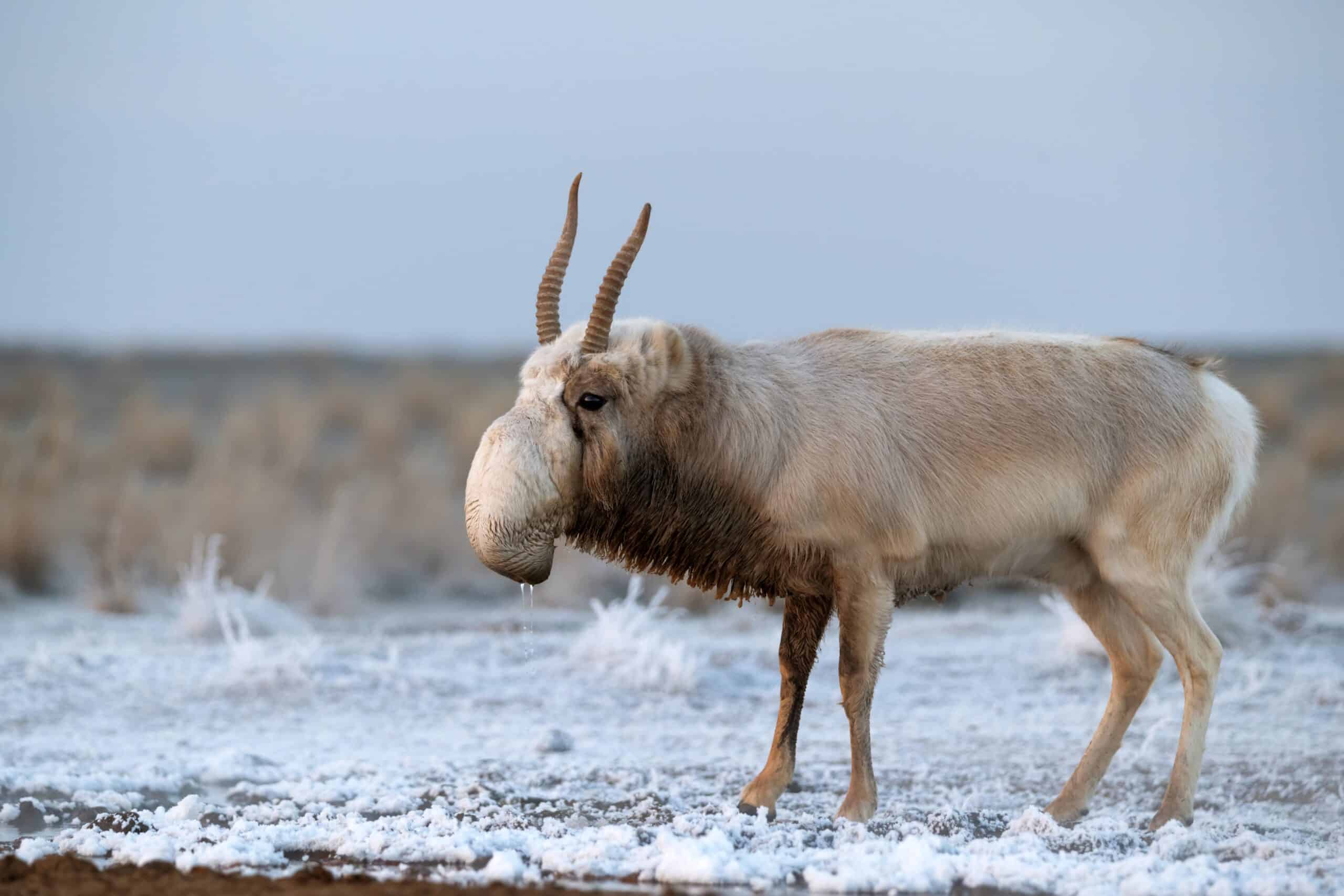
Saiga Antelopes faced dramatic population declines due to poaching and disease outbreaks. Conservationists acted swiftly, intensifying anti-poaching measures and closely monitoring saiga populations. Protected areas were established to provide safe habitats for these unique antelopes. Today, saiga numbers are gradually increasing, thanks to concerted conservation efforts. Disease outbreaks are better managed, and international cooperation has been key in preserving these animals.
The Survival of the Black-footed Ferret
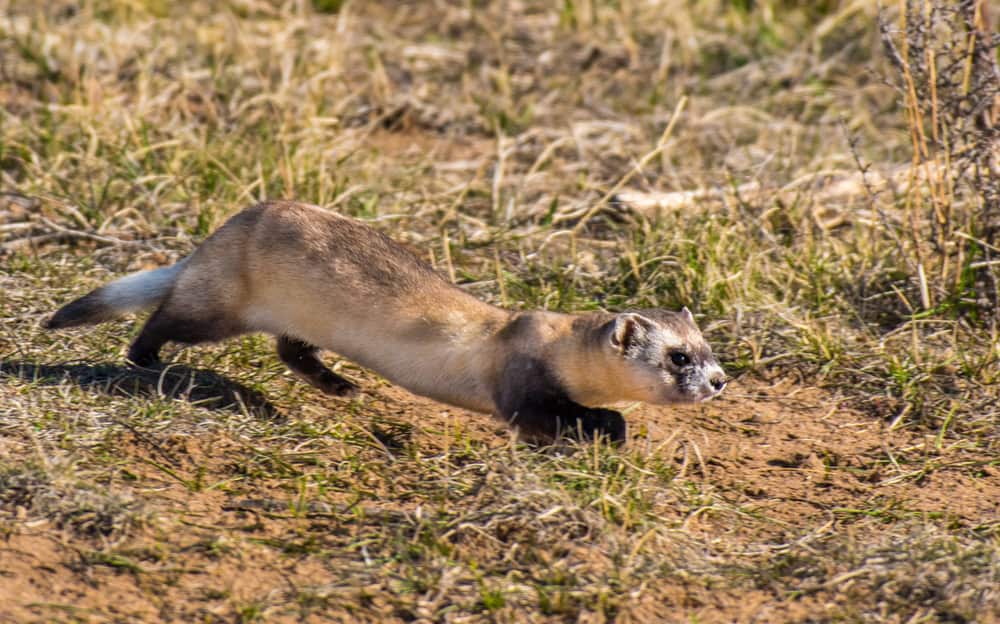
Once thought to be extinct, a small population of Black-footed Ferrets was discovered in the 1980s. Conservationists quickly initiated a breeding program, aiming to increase their numbers. Ferrets were reintroduced into their native habitats, and habitat restoration became a priority. The ferret population has grown significantly, with reintroduction sites now spanning several states. Ongoing conservation efforts remain vital to their survival, and public support has been instrumental in these initiatives. The survival of the Black-footed Ferret is a remarkable achievement in wildlife conservation.
The Protection of the Hawaiian Monk Seal
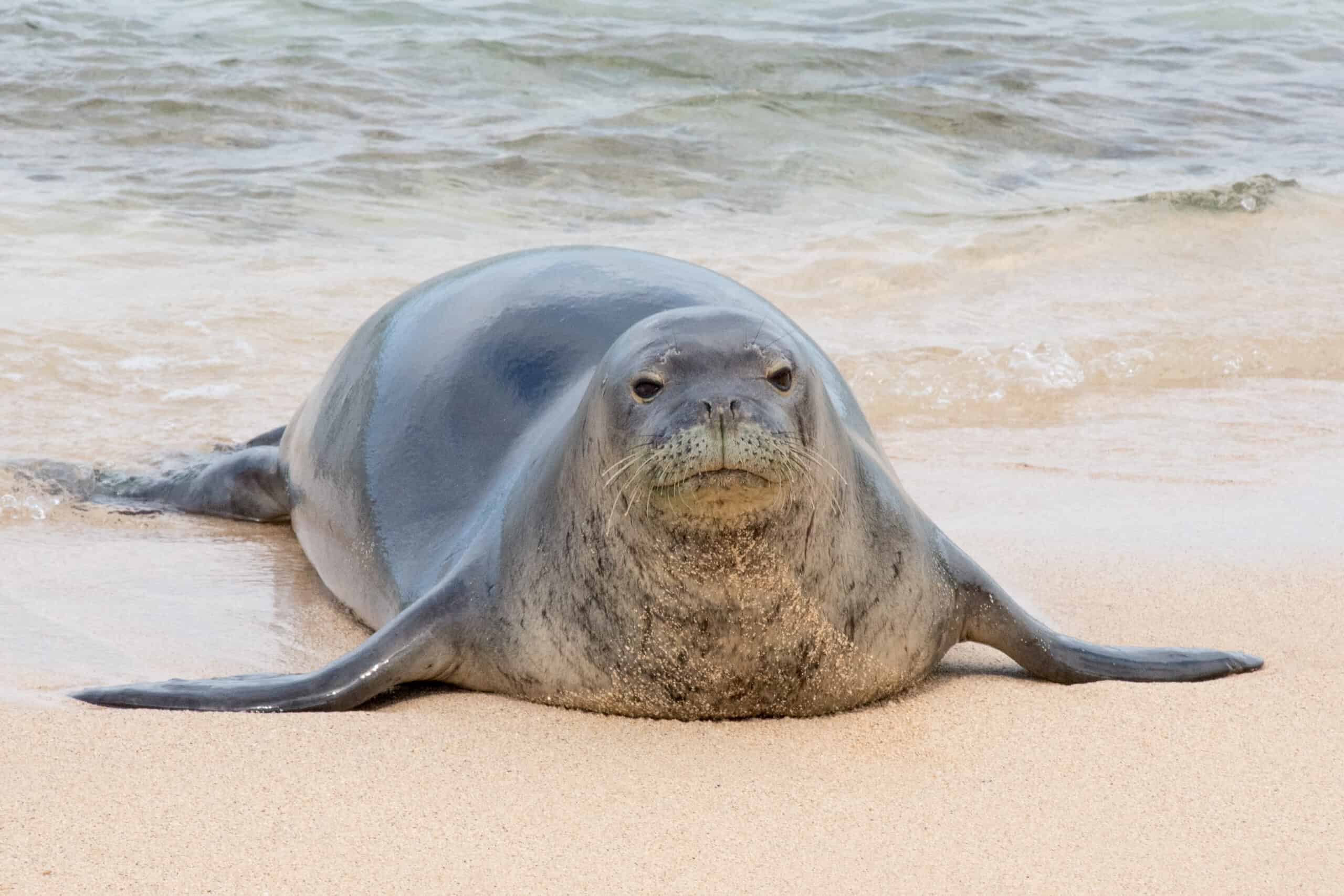
The Hawaiian Monk Seal was once critically endangered. Habitat loss and human interference were major threats. Conservationists established protected areas to safeguard their habitats. Intensive monitoring and rehabilitation efforts followed. These actions were essential for the seals’ survival. Today, the population is slowly increasing. Protected beaches and marine areas provide safe havens. Rehabilitation programs help injured and sick seals. Public awareness campaigns also play a crucial role.
The Comeback of the Eastern Barred Bandicoot
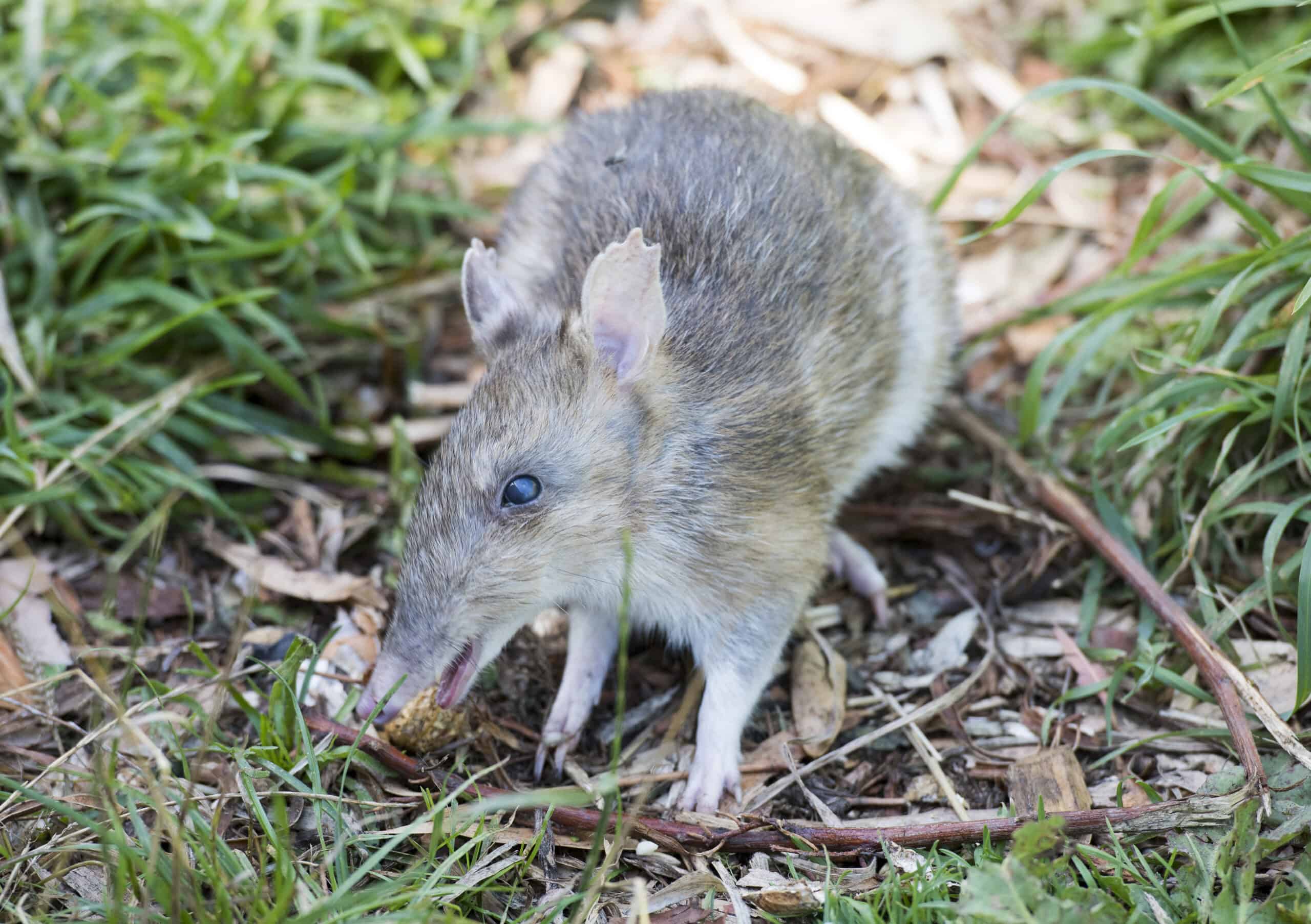
The Eastern Barred Bandicoot faced near extinction in the late 20th century. Habitat destruction and predation by introduced species were the main threats. Conservationists initiated a breeding program to save the species. Bandicoots were bred in captivity and reintroduced into predator-free reserves. These efforts have been vital for their recovery. The population is now steadily growing. Safe habitats allow bandicoots to thrive. Community involvement and support have been crucial. Predator control measures continue to protect them. The comeback of the Eastern Barred Bandicoot is a heartwarming conservation story.
The Growth of the European Bison Population
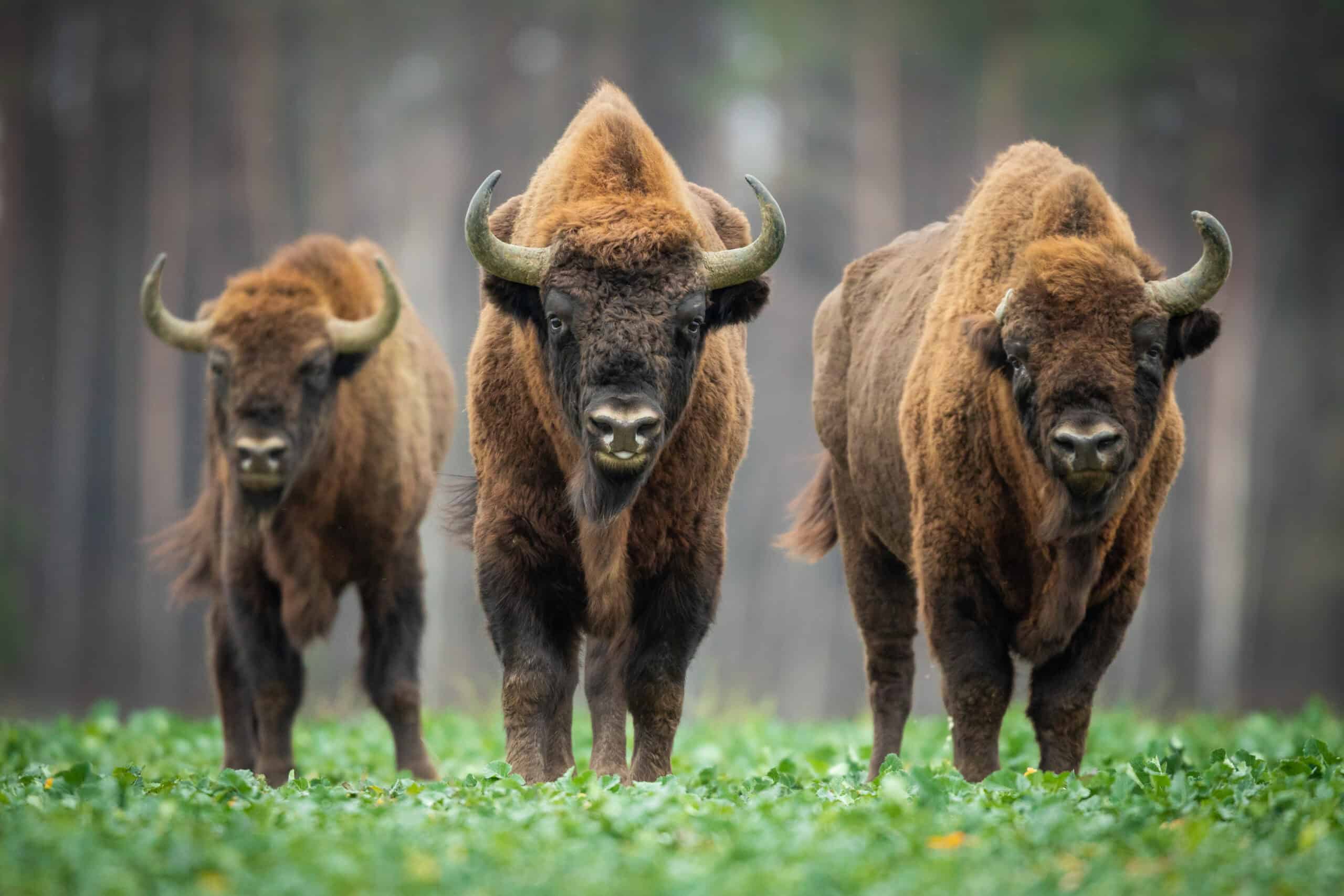
European Bison were almost extinct by the early 20th century. Overhunting and habitat loss had decimated their numbers. Conservationists launched a breeding program using the few remaining individuals. Bison were reintroduced into protected areas across Europe. These efforts focused on restoring their natural habitats. The bison population has seen significant growth. Protected areas now support thriving herds. Rewilding projects have been instrumental in their success.
The Rebound of the Javan Rhino
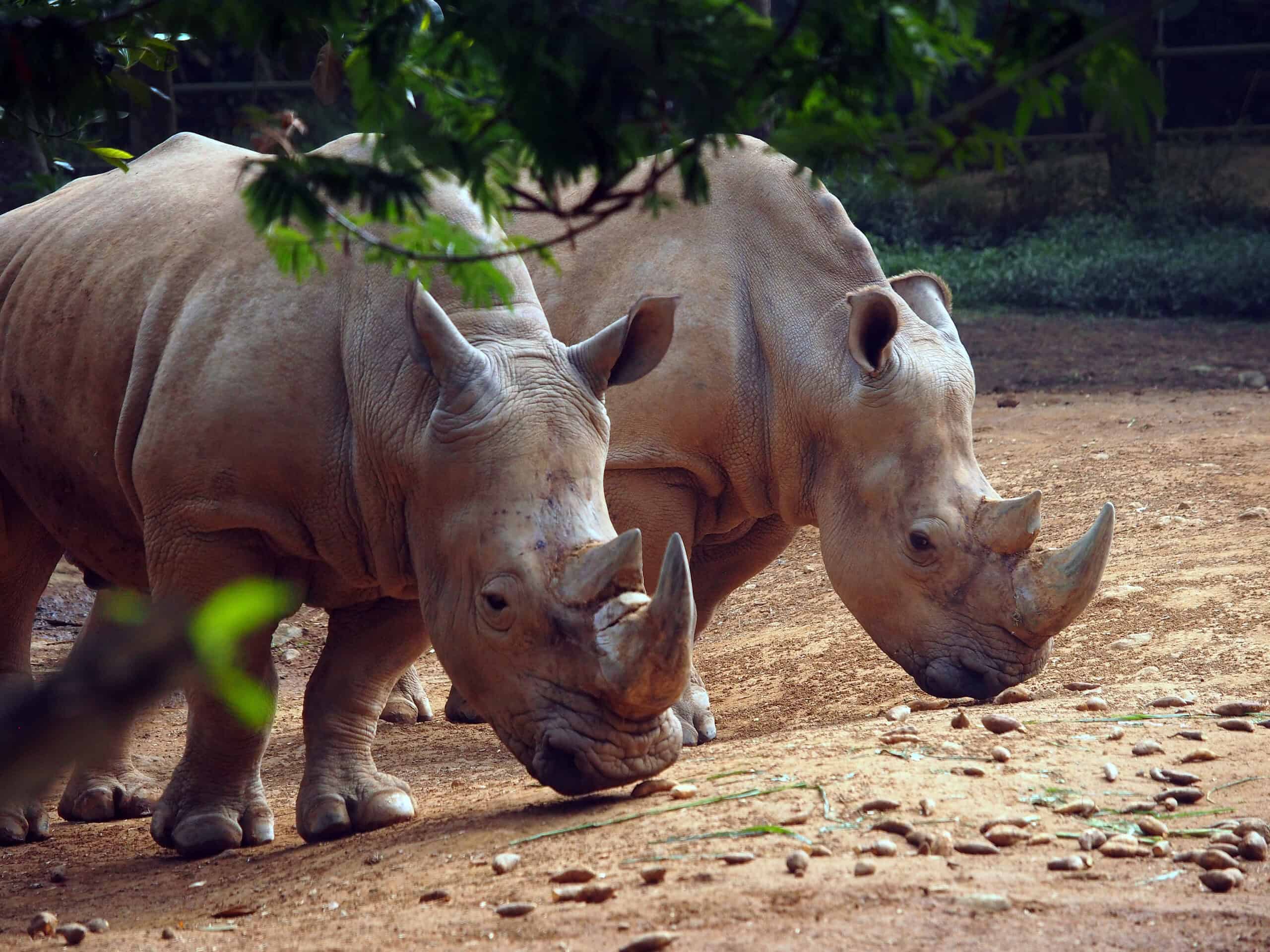
The Javan Rhino was critically endangered, with only a few individuals left. Poaching and habitat loss were severe threats. Conservationists established Ujung Kulon National Park as a sanctuary. Intensive monitoring and anti-poaching measures were implemented. Habitat restoration projects also played a crucial role. The rhino population has started to rebound. Protected areas ensure their safety and well-being. Conservation efforts continue to be vital for their survival.
The Success of the Mountain Gorilla Conservation
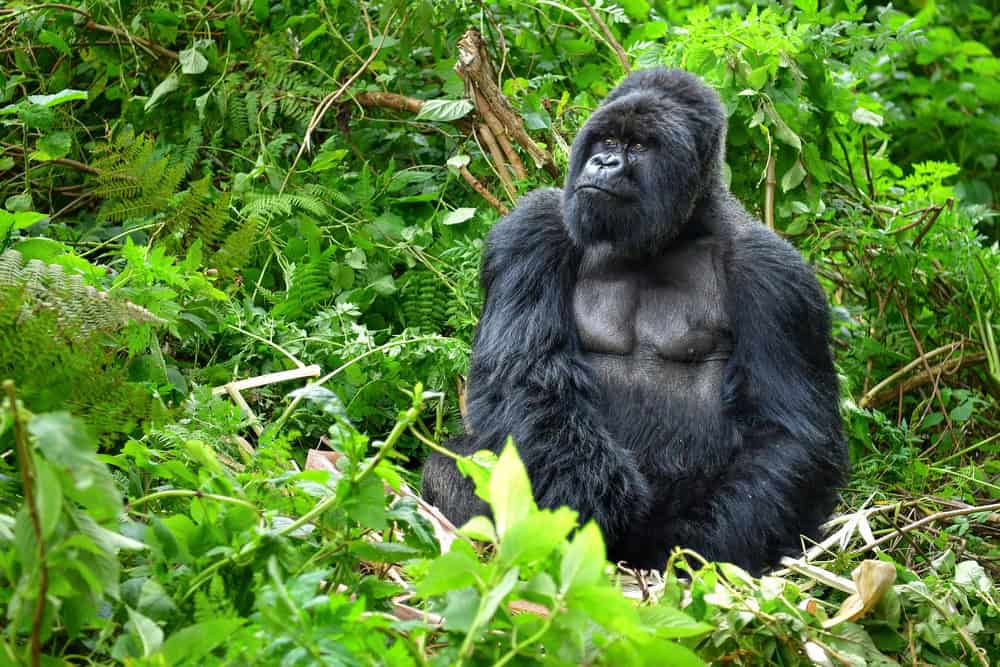
Mountain Gorillas faced severe population declines due to poaching and habitat destruction, putting them at critical risk of extinction. Conservationists established protected areas and anti-poaching patrols, along with rehabilitation centers to care for orphaned gorillas. Community-based conservation efforts were also crucial in ensuring the success of these initiatives. The gorilla population is now increasing, with protected areas providing safe habitats for these great apes. Tourism initiatives have supported conservation funding, while community involvement has ensured sustainable practices.
The Rescue of the Amur Leopard
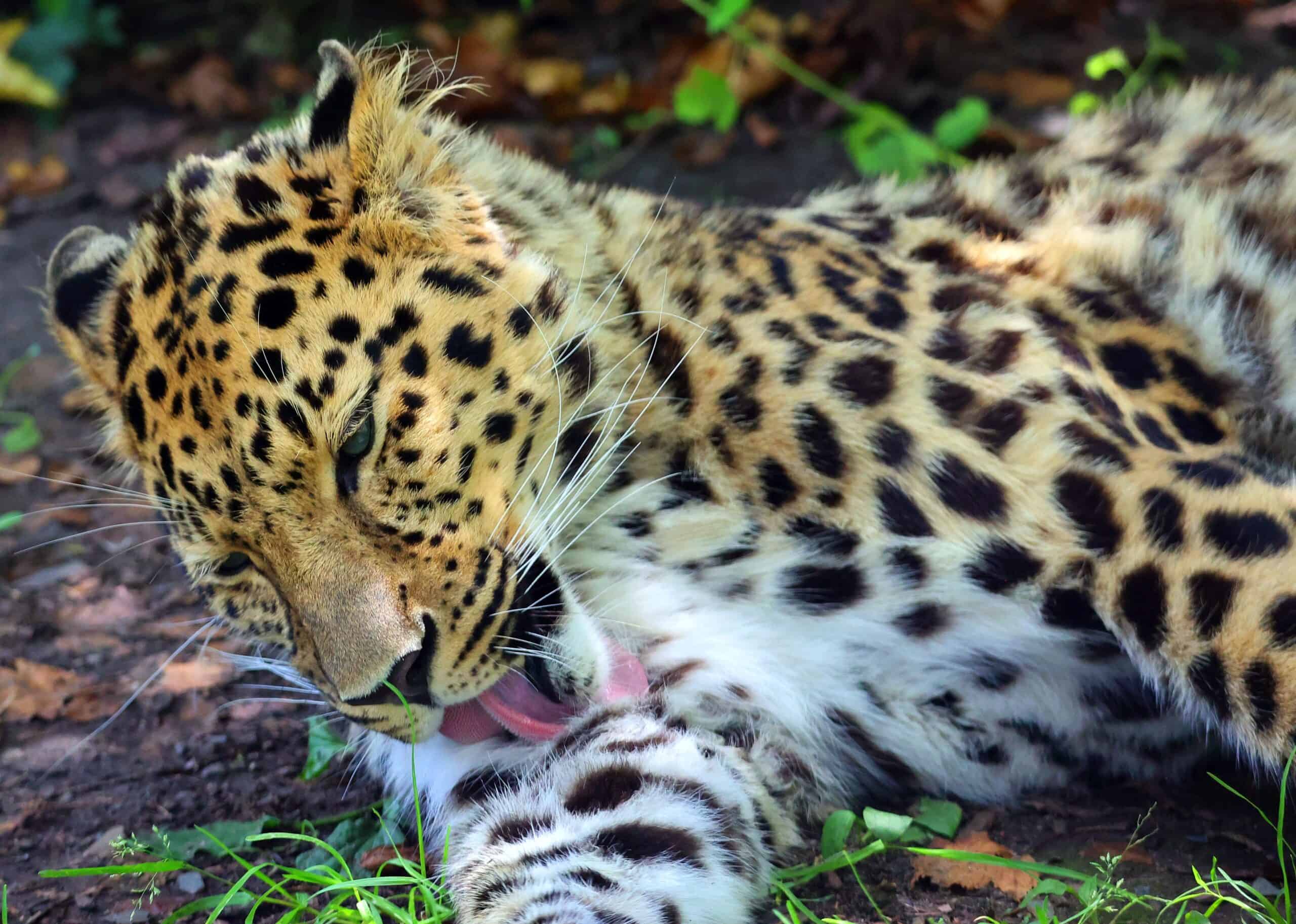
The Amur Leopard was on the brink of extinction, with fewer than 30 individuals remaining due to poaching and habitat loss. Conservationists implemented strict anti-poaching measures and habitat protection, along with breeding programs in captivity to increase their numbers. These efforts have been crucial in saving the species from extinction. The population of Amur Leopards has slowly increased, with protected areas now providing safe havens for these elusive cats. Continued efforts focus on expanding their habitat and ensuring their long-term survival. International cooperation and funding are essential in supporting these initiatives.
The Flourishing of the Pink Pigeon in Mauritius
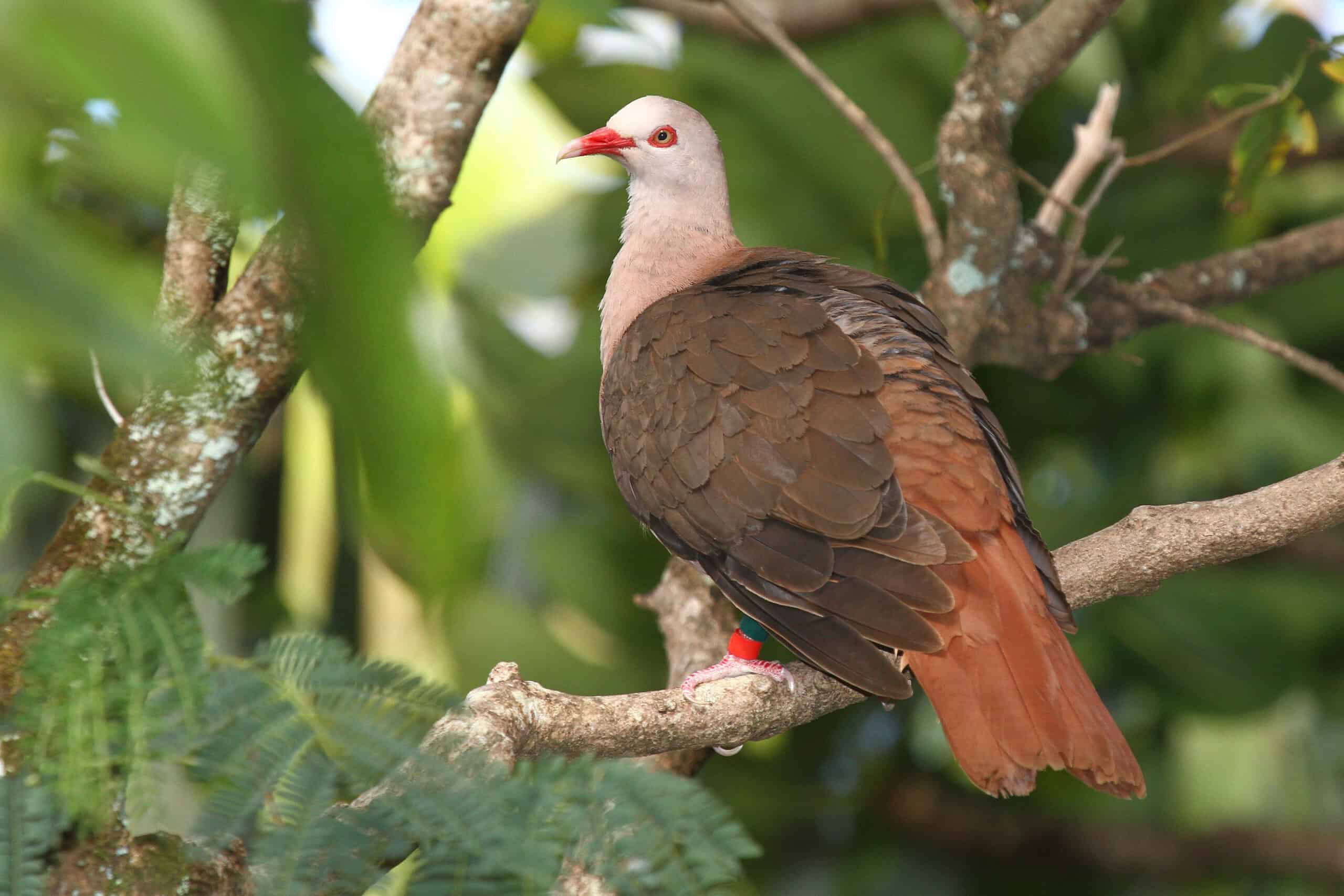
The Pink Pigeon was once critically endangered, with only a few birds left in the wild due to habitat destruction and invasive species. Conservationists started a breeding program to save the species, focusing on habitat restoration and predator control. These efforts have been crucial in ensuring the survival and growth of the Pink Pigeon population. Today, the Pink Pigeon population is flourishing, thanks to the protected areas and safe habitats that support their growth. Continued conservation efforts are vital for their survival, with community involvement and education playing key roles in raising awareness and support.
This article originally appeared on Rarest.org.
More from Rarest.org
1974 Kennedy Half Dollar Value Guide

The 1974 Kennedy Half Dollar is one of the more common collectable coins in circulation. Not as valuable as its silver-based predecessors, the rarest versions of this coin are the doubled die obverse miscast, and coins of a high-grade rating. Read More.
1969 Lincoln Penny Value Guide

The 1969 Penny features the bust of Abraham Lincoln (obverse side) as well as the image of the Lincoln Memorial (reverse side). Read More.
1971 Washington Quarter Value Guide
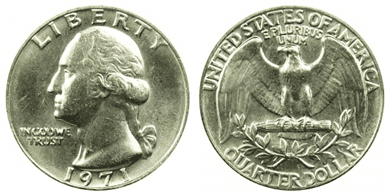
No, the 1971 quarter didn’t have a silver composition. It was made of 91.67% copper and 8.33% nickel. The diameter is 24.3 mm and the weight is 5.67 grams. Read More.
